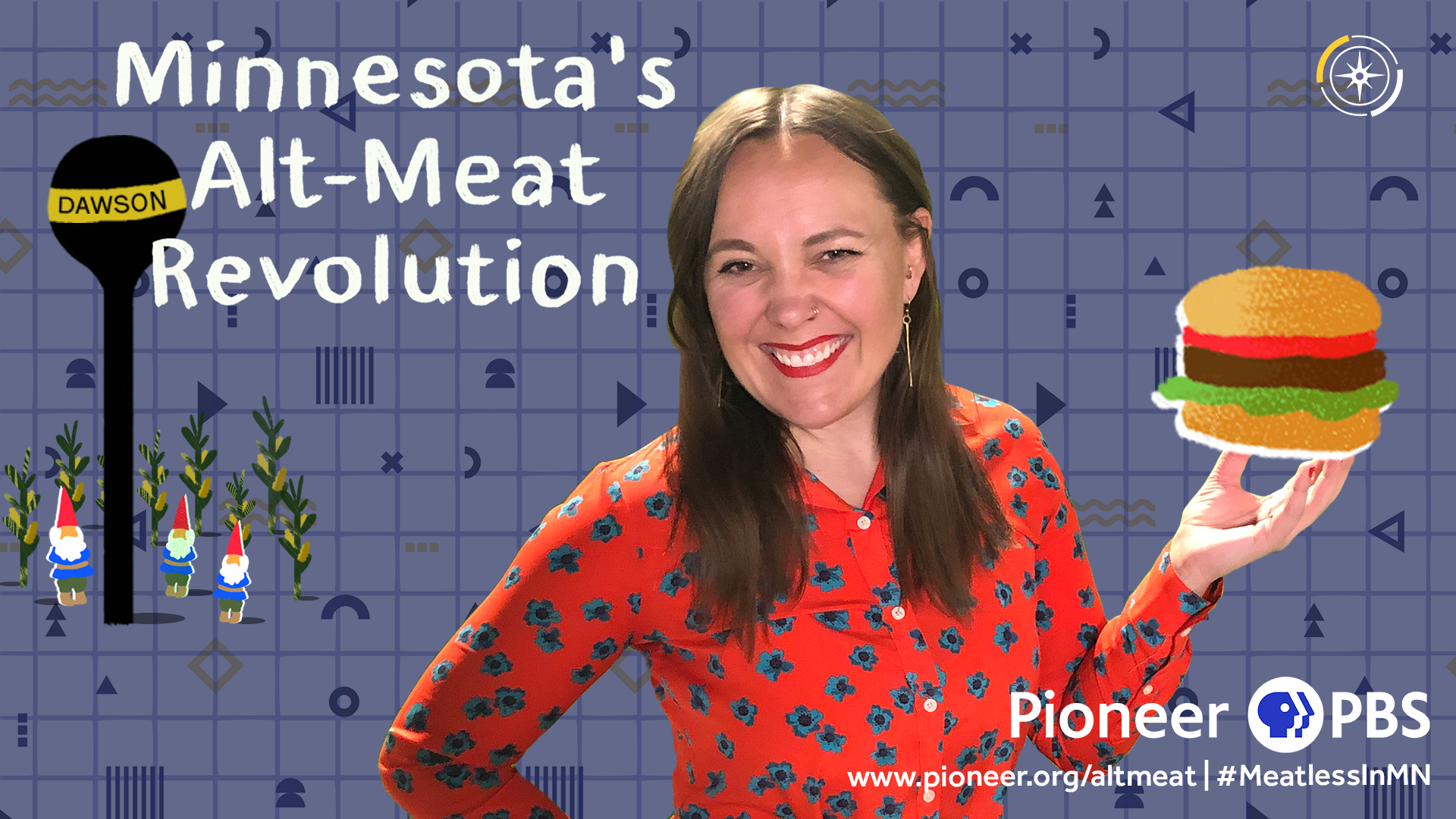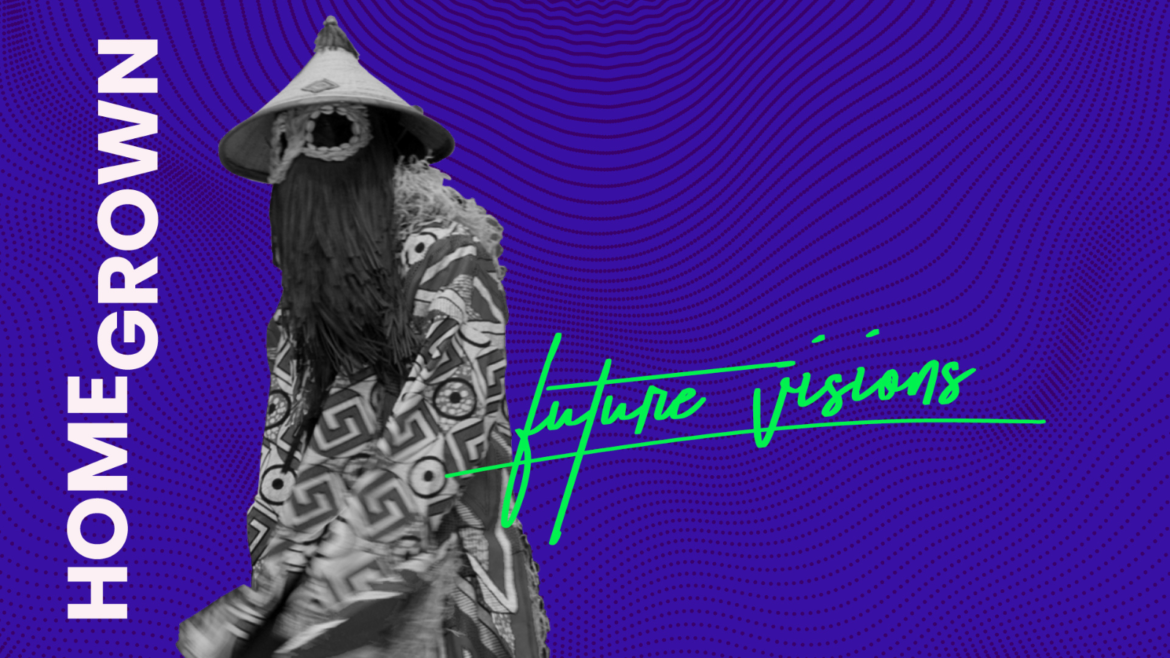The Public Broadcasting Act calls for public media to address “the needs of unserved and underserved audiences, particularly children and minorities.” With CPB support, public media stations’ over-the-air broadcasts reach 99 percent of all Americans and are especially important to citizens living in rural areas and those without the resources to pay for their news, public safety and educational services.
In 2009, CPB created a strategic framework – Digital, Diversity, Dialogue – to guide decision making in all of CPB’s investments. CPB-supported content reflects the diversity of our people—diverse in viewpoint, race, gender, geography, economic status, age, national origin, and ability/disability.
Public Media Stations
CPB requires public radio and television stations that receive its funding to engage in practices designed to reflect the diversity of the communities they serve. Station grantees must:
-
Review and make any necessary revisions to the station's established representation goal for its workforce, management, and boards, including community advisory boards and governing boards having governance responsibilities specific to or limited to broadcast stations.
-
Maintain a Community Representation Statement that defines how the station’s community is diverse; the extent to which the grantee's staff and governance represents the community; and the progress made toward its representation goals. The statement must be on the station website or available at the station's central office.
-
Require all employees, officers, and interns to have training on harassment prevention and implicit bias.
Stations annually provide CPB with information and data that gives CPB a snapshot of the public media system’s financial health, operations, and the diversity of its leadership and staff. Data tables with this information are available at the CPB Other Reports page.
CPB provides 549 Community Service Grants, including to 74 public radio stations whose audiences are mostly minority, including stations licensed to Native American tribes and historically Black colleges and universities (HBCUs). CPB also funds Native Voice One, the public radio distribution service that provides programming targeted to stations on Native reservations, including Native America Calling and National Native News.
Public Media Organizations
CPB supports a public media ecosystem that nurtures storytellers presenting a wide range of perspectives and provides a variety of media platforms for their stories to be told. Through direct grants as well as through the National Multicultural Alliance, CPB funds numerous organizations including:
-
Black Public Media
-
Center for Asian American Media
-
Firelight Media
-
IndiJ Public Media
-
ITVS
-
Koahnic Broadcast Corp.
-
Latino Public Broadcasting
-
Pacific Islanders in Communications
-
PBS Digital Studios
-
Radio Bilingüe
-
Vision Maker Media
-
WORLD Channel
Content for All Americans
To attract diverse audiences to public media, CPB supports the development of innovative content and formats, as well as content reaching a multilingual society, reflecting the diversity of cultures and life experiences.
Urban Alternative Public Radio
CPB has funded the development and expansion of this locally customized format that uses Hip Hop and R&B. With support from CPB, Chicago Public Radio implemented a new format in its Vocalo programming stream in 2007. CPB also supported the launch of this format in Denver (The Drop), Norfolk (Hot 91), Minneapolis/St. Paul (Carbon Sound from MPR’s The Current working with KMOJ), Milwaukee (88Nine Radio Milwaukee’s HYFIN) and Jackson, MS (The Sipp from WJSU).
Coming Home: Connecting to Community
This CPB-supported collaboration celebrates the people, culture, and stories of rural America through authentic local voices and talent. Minnesota’s Alt-Meat Revolution, a year-long video and print journalism project, Pioneer PBS and West Central Tribune explored the roots and impact of the plant-protein phenomenon. WHRO’s Against the Current: Life on the Eastern Shore, an examination of how residents of Virginia’s Eastern Shore are dealing with the challenge of rising sea waters and the effects on their lives and livelihoods. Both feature documentaries aired on WORLD Channel as part of their My Home Is Here collection.
American Masters Visibility, Inclusion and Accessibility Initiative
Building upon American Masters’ commitment to presenting programming for, by and about people with disabilities, the VIA initiative includes content about cultural icons with disabilities and expanded accessibility features for programming distributed by American Masters.
Homegrown: Future Visions
The documentary series from Firelight Media, PBS and the Center for Asian American Media featured eight short films made by emerging filmmakers that illuminate the living histories, cultures, and prospective futures of the American Midwest.
PBS Digital Studios Regional Digital Centers of Innovation
With CPB support, PBS Digital Studios is working with stations from across the country to deepen and expand the digital production capacity of the stations with a focus on content that reaches younger audiences.
Audio content for young and diverse audiences
With CPB support, Southern California Public Radio (now LAist) developed new ways to reach younger, Latino audiences by increasing Latino on-air hosts, producers, and production staff. LAist Studios empowers up-and-coming content creators to produce innovative, on-demand content and engage audiences seeking connection, information, and entertainment.
Programming
From groundbreaking programming such as the children’s program Maya and Miguel, the landmark documentary series Eyes on the Prize, and documentaries such as Who Killed Vincent Chin?, CPB has long supported public media programming that explores diversity of all types, including race, religion, gender, age, geography, and disability. Recent and upcoming programs include:
-
Alma’s Way (premiered 2021)
-
The American Diplomat (2022)
-
Becoming Helen Keller (2021)
-
Facing Suicide (2022)
-
Finding Your Roots with Henry Louis Gates, Jr. (premiered 2012)
-
Jelly, Ben & Pogo (premiered 2021)
-
La Frontera With Pati Jinich (2021)
-
Live From Cain’s (premiered 2021)
-
Matter of Mind (premiered 2023)
-
Molly of Denali (premiered 2019)
-
Native America season 2 (2023)
-
Rosie’s Rules (premiered 2022)
-
Southern Storytellers (2023)
-
The US and the Holocaust (2022)




